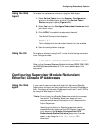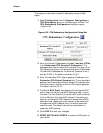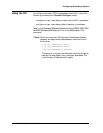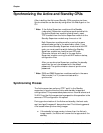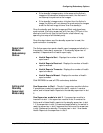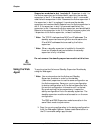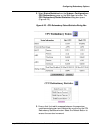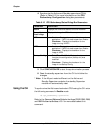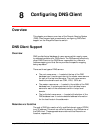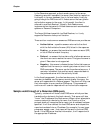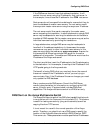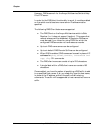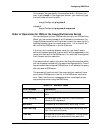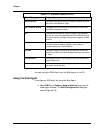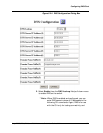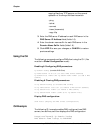
Avaya P550R, P580, P880, and P882 Multiservice Switch User Guide, v5.3.1 8-1
8
Configuring DNS Client
Overview
This chapter provides an overview of the Domain Naming System
(DNS) Client support and procedures for configuring DNS client
support on the Avaya Multiservice switch.
DNS Client Support
Overview
DNS is a distributed database of name servers which supply name-
to-address translations for DNS clients. The DNS servers collectively
direct DNS Clients to the DNS Server responsible for a Name to
Address mapping; and that Server provides the specific mapping
being requested.
There are three types of DNS servers:
■ The root name server — Located at the top of the DNS
database tree. It contains pointers to the master name servers
for each of the top-level domains. The root name servers
handle the domains such as .COM, .EDU, .GOV, etc.
■ The master name server — Located in the middle of the DNS
database tree. It contains pointers to the individual name
servers for each of the subdomains within its top-level
domain.
■ The individual name server — Located at the bottom of the
DNS database tree. It contains detailed address information
for the local hosts in the subdomain.
Recursive vs. Iterative
The goal of DNS is to resolve a fully qualified domain name (FQDN)
to an IP address. This work can either be done by the DNS server or
the DNS client. These approaches are referred to as Recursive or
Iterative, respectively.



